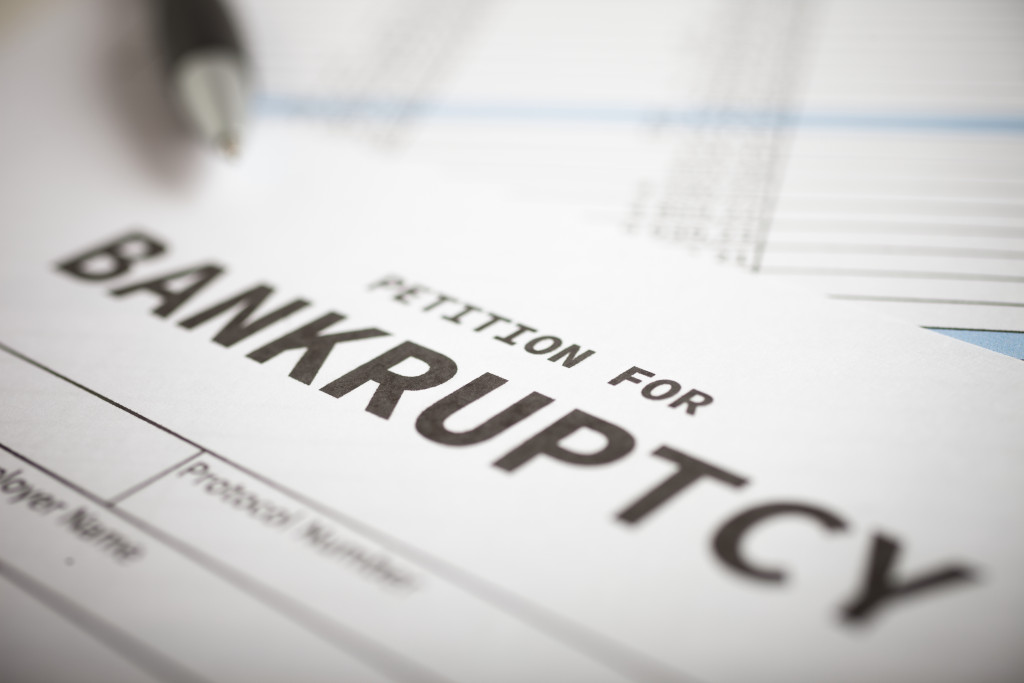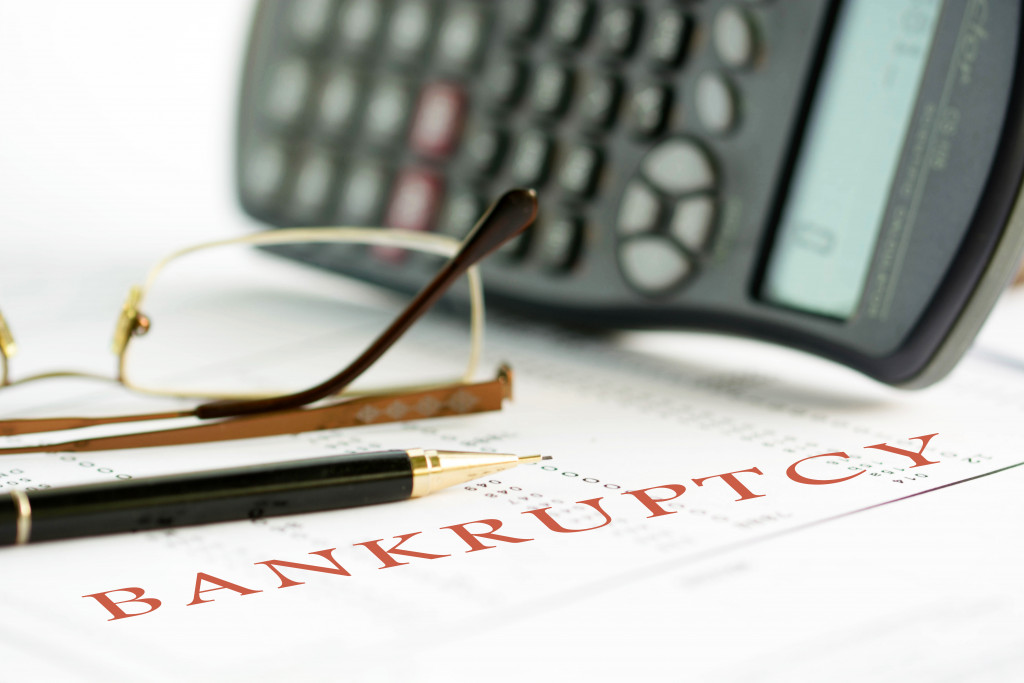Navigating business bankruptcy is not an easy task. It’s a complex, often-confusing process that can be difficult to understand. Whether you are considering filing for bankruptcy or are already in the midst of the process, having a clear understanding of the ins and outs of business bankruptcy can help make the journey less daunting. Here’s everything you need to know.
Types of Bankruptcy
The three most common forms of bankruptcy that apply to businesses are Chapter 7, Chapter 11, and Chapter 13. Each has its own pros and cons, so it’s essential to research each type thoroughly before deciding which is best for your situation.
Chapter 7 Bankruptcy
Chapter 7 bankruptcy is known as “liquidation” because it requires a business to liquidate all its assets to pay creditors. For example, a company may be required to sell its inventory and property to raise the necessary funds to pay off its debts. This type of bankruptcy is usually reserved for businesses with no chance of survival, as it wipes out all debt and requires that any remaining assets be distributed among creditors.
Chapter 11 Bankruptcy
Chapter 11 is known as “reorganization” because it allows companies to reorganize their debts with creditors in order to remain open for business. This type of bankruptcy is often used by larger enterprises with debt obligations and the need to restructure their finances to become profitable again. With Chapter 11, a business can negotiate with creditors to reduce payments or extend repayment terms, among other things.
Chapter 13 Bankruptcy
Finally, Chapter 13 is known as “debt adjustment” because it allows businesses facing financial hardship to adjust their debt payments over time while remaining open for business. This is often associated with companies that have too much debt but are still viable and able to pay back creditors over a more extended period.
Knowing the differences between these types will help you determine which one best fits your needs. Not only that, but it’s also important to be aware of any legal implications that come with filing for bankruptcy.

Filing Process
Once you have decided which type of bankruptcy is right for your situation, you must prepare all the necessary documents to file your petition with the court. This includes creating a list of all creditors who are owed money by the company, providing an accurate list of assets owned by the company, and preparing financial statements that accurately reflect current economic circumstances, including income statements, balance sheets, etc.
It’s also essential to consult with bankruptcy lawyers who specialize in business bankruptcies, as they can provide invaluable advice during this process. For instance, they may be able to help you determine which type of bankruptcy is best for your business and negotiate with creditors on your behalf.
Moreover, they can also help you understand the potential legal implications of filing and provide guidance on how to properly file your petition. This is incredibly beneficial, as filing for bankruptcy is a complex process that requires careful attention to detail.
Time Frame
Once all necessary documents have been filed with the court system, there will be a period of time before any decisions regarding debt repayment or asset liquidation are made (known as the “waiting period”). During this time frame (which can range from 30 days to six months, depending on which chapter was chosen), creditors may submit claims against the company for any outstanding debts or reach out directly with payment plans or other repayment options outside of court proceedings.
After this waiting period has ended, then court hearings will commence where decisions on how debt should be paid or if assets should be liquidated will occur (this part typically takes one to two months). What happens in these proceedings is ultimately up to the courts, as they will evaluate all evidence presented by both sides and make a final ruling on debt repayment or asset liquidation.
Afterward, the debtor is expected to abide by the court’s ruling and comply with any orders issued. If all goes according to plan, the bankruptcy can be discharged within six months, providing debt relief for all parties involved.
Navigating business bankruptcy is no small feat—it requires careful consideration and a thorough understanding of each aspect involved in order to make informed decisions throughout this complicated process. From understanding each type available through filing paperwork and waiting periods—each step must be taken carefully in order to ensure success when emerging from bankruptcy proceedings and getting back on track toward financial stability again down the road. With careful planning and wise guidance from legal professionals specializing in business bankruptcies, navigating your way through this process shouldn’t feel too overwhelming. Good luck!

